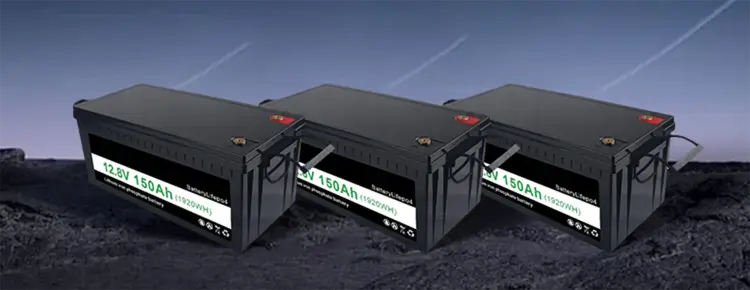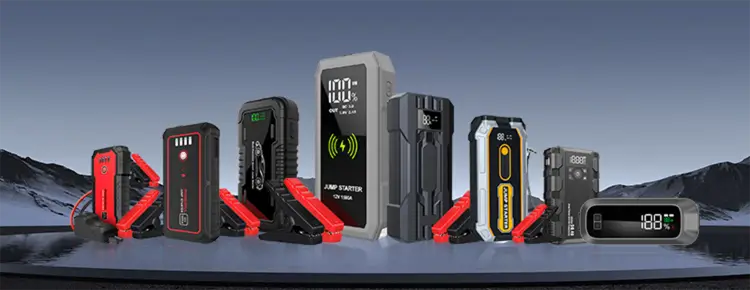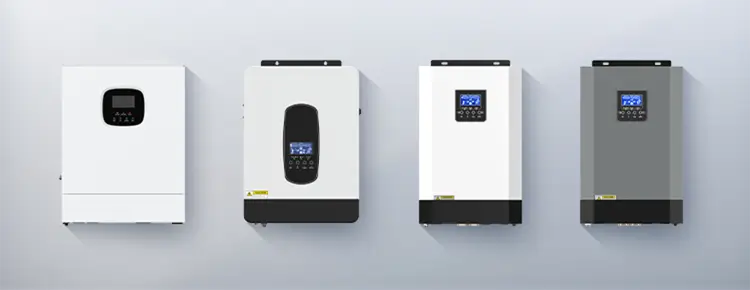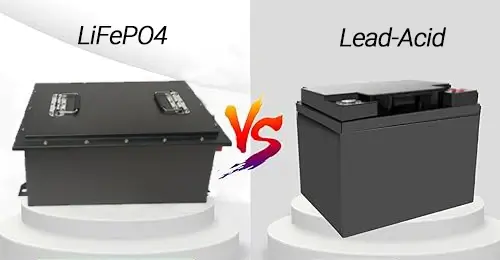



Blog
Hot Category
Latest Blog
21 Dec 2024
Nlelsen
If you own a golf cart, you’ve likely considered upgrading your battery. Lithium Iron Phosphate (LiFePO4) batteries are increasingly popular due to their numerous advantages over traditional lead-acid batteries. But is the switch worth it? Let’s explore the pros and cons to help you make an informed decision.

LiFePO4 batteries typically last 5-10 years or 2,000-5,000 charge cycles, compared to lead-acid batteries’ 3-5 years or 500-1,000 cycles.
This durability can offset the higher upfront cost over time.
LiFePO4 batteries are significantly lighter, reducing the overall weight of your golf cart.
A lighter cart improves speed, maneuverability, and energy efficiency.
Lithium batteries charge faster and more efficiently than lead-acid batteries.
They also provide consistent power output, meaning no performance drop as the battery drains.
Unlike lead-acid batteries, LiFePO4 batteries do not require regular watering or cleaning of terminals.
This makes them nearly maintenance-free, saving you time and effort.
Lithium batteries are more environmentally friendly, as they do not contain toxic materials like lead and sulfuric acid. Their longer lifespan also means fewer batteries are discarded, reducing waste.
LiFePO4 batteries are more expensive upfront, which can be a barrier for some users.
However, their longer lifespan and lower maintenance costs often make them more cost-effective in the long run.
Older golf carts may require modifications to accommodate LiFePO4 batteries.
Upgrades to the charging system or voltage regulator might be necessary.
Lithium batteries require specific chargers. Using an incompatible charger can damage the battery.
If you switch, ensure your current charger is compatible or invest in a new one.
The decision to switch from lead-acid to LiFePO4 batteries depends on your needs and priorities:
You prioritize longevity and low maintenance.
You want a lighter, more energy-efficient golf cart.
You’re willing to invest upfront for long-term savings.
You’re on a tight budget and need a low-cost option.
Your golf cart is older and not easily adaptable to lithium batteries.
You’re comfortable performing regular maintenance on your batteries.
Before switching, consult a golf cart technician to assess compatibility and necessary upgrades.
Invest in high-quality LiFePO4 batteries from trusted manufacturers to ensure performance and reliability.
Ensure your charger is designed for lithium batteries to avoid issues and prolong battery life.
Dispose of your lead-acid batteries responsibly by recycling them at an authorized facility.
Switching to LiFePO4 batteries can revolutionize your golf cart’s performance, making it more efficient, reliable, and eco-friendly. While the initial cost is higher, the long-term benefits often outweigh the drawbacks. Evaluate your needs, budget, and cart’s compatibility to decide if this upgrade is right for you.